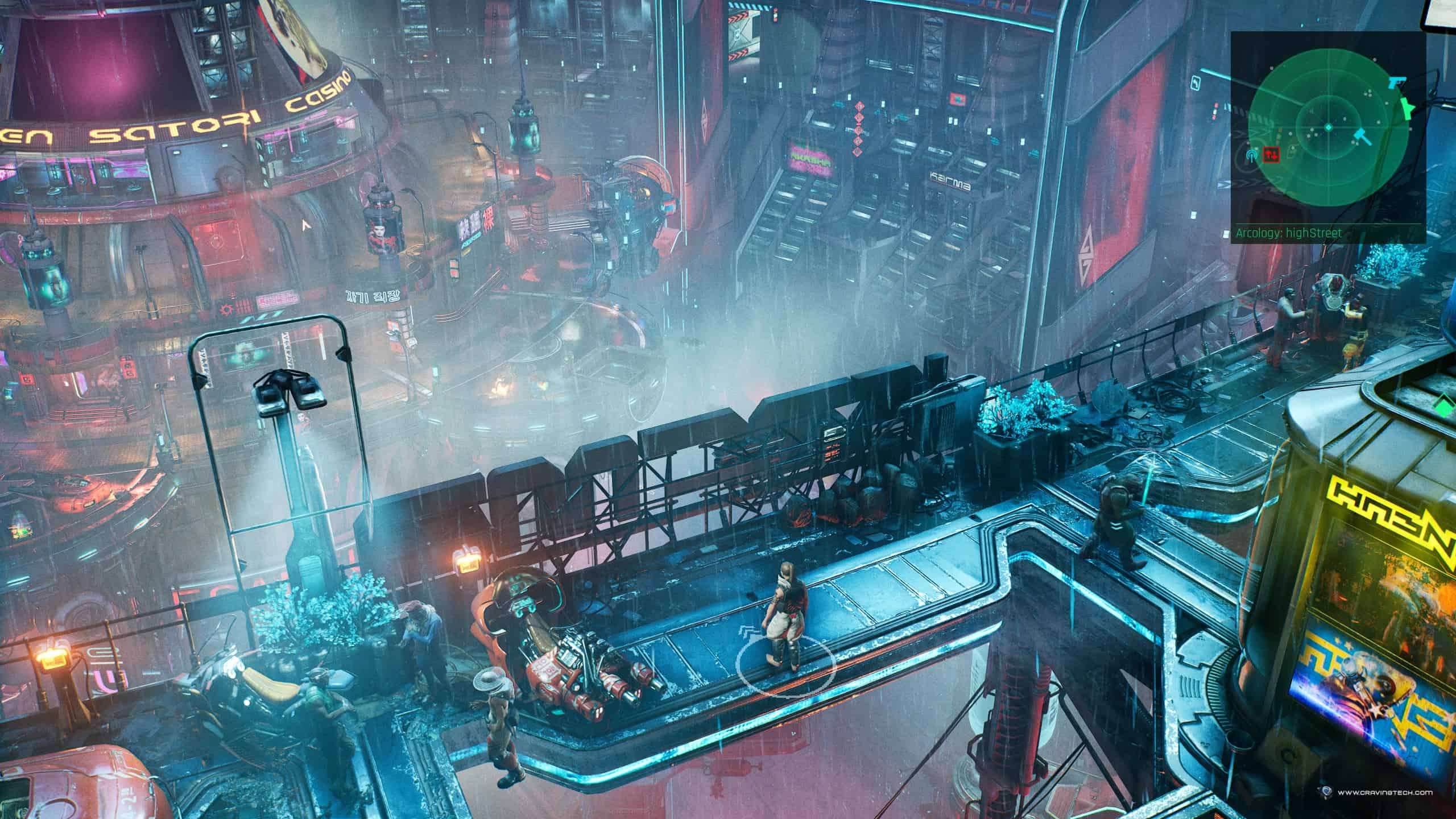

Complicating navigation even further is the map’s separate floor system. Neon Giant did provide a footprint guide, but I only remembered this after already getting lost since I had onscreen navigation. On larger map sections with multiple levels and paths, the icon would not fall in a place that is easy to follow. Traversing the map of Velas was complicated and complex to follow with the given quest markers. Hacking was not often necessary and affected looting abilities over other areas.

#THE ASCENT REVIEW UPGRADE#
The gun upgrade system is more impactful on fighting, especially for player survivability. However, the RPG stat system had little overall effect unless the player seriously pumped up the attribute. The dodge ability was handy for getting into and out of combat. Cover and firing modes work together and add dimension to every fight.ĭevelopers added in other combat mechanics that diversify options for battle significantly. Players can fire higher or lower depending on aiming, and hitting some enemies is only available in one of the firing modes. Fighting is live-action Diablo-style, but it adds a cover system since almost everyone has guns. There is even an excellent depth to the variety of weapons available. Luckily when the combat happens onscreen, it is compelling and challenging. Along the way, more than twenty side quests support the bleak storyline with equally questionable morality. The hero scrambles through the various warzones created by the void for a new owner who offers the potential of freedom with contract completion. Utter chaos ensues as rival corporations and gangs move in immediately to take control. While completing a menial cyberdeck mission, the entire corporation that runs the metropolis collapses. It starts with the player as a corporate slave to the Ascent Group, working in their central city, Arcology: highStreet. The main story is dystopian and may put off gamers. This technique led to killing innocent robots and aliens, but there are no police or consequences other than an occasional verbal berating from the contract owner. Towards the end of the game, I began firing towards any red dot on the scanner map, even if I could not see anything. Engaged enemies had a much longer range of view for firing than the player, leading to unnecessary deaths by offscreen gunfire. Lacking any camera control was the most frustrating part of The Ascent, especially in longer combat sections. Movement problems stem from a locked camera setup used in this isometric third-person shooter. While the overall sets were beautiful, they often hid obstacles, including interactable platforms and height differences that hindered player progress. My favorite sections were the bridge-ways that showed off the deep world built by Neon Giant, especially Arcology: highStreet with its epic view of the Golden Satori Casino. Every sector looked distinctly unique, and even the lower floor had different esthetics and potential enemies that spawn. This third-person isometric title mixes vaporwave decorations and a dystopian theme that the genre distinctly features. The Ascent enters a quickly growing genre with so many cyberpunk-themed games within the past few years, like Cyberpunk 2077, Ghostrunner, and the upcoming title Stray. The Load Screen reviews The Ascent as a stylish couch or online co-op with limited replayability and other issues. Then sprinkle in glitches and a problematic map with hard-to-follow quest marker icons to top it off.

However, a questionable storyline, a locked camera, and frequent offscreen attackers weigh down the fun. The indie’s beautiful cyberpunk scenery and intense combat have their moments. Journey into the futuristic world of Velas in Neon Giant’s The Ascent, a Diablo-style game with plenty of guns. (Image credit: Neon Giant) Cyberpunk-style Diablo with Problems


 0 kommentar(er)
0 kommentar(er)
